DragonQuest (1980): When Token and Map Wargame Designers Build a Role Playing Game
Background: A War Game “Giant” Enters the RPG Market
In 1977, Simulations Publications Inc. (SPI) published a booked entitled Wargame Design: The History, Production, and Use of Conflict Simulation Games. This book is one of the great artifacts of the wargaming hobby and is an invaluable resource that provides accurate historical information about the state of the wargaming industry up to 1977. One of the key reasons is that it contains sales figures for SPI at the time of publication.
At that time, SPI had unit sales of 420,000 games a year to an audience of approximately 100,000-150,000 active gamers (Dunnigan, 140). The average cost of a war game at the time was $8 (in 1977 dollars), meaning that SPI had approximately $3.36 million in annual sales. According to the Bureau of Labor Statistics, this is about $18 million in 2024 dollars.
By this standard, SPI was a big business in a small market. They held a 50% market share by units sold and a 43% market share in percentage of cash spent by gamers. But 1977 was a time of massive transitions in the industry. At that time 10% of wargamers were "miniature" gamers, in addition to being general wargamers, though given the cost of miniatures and supplies, these individuals made up 30% of the money spent on war games. This was also the time of the rise of a new kind of game, the fantasy role playing game. As the recent 50th Anniversary celebration has reminded us, the first mass market printed role playing game, Dungeons and Dragons, was published in 1974. The publication of D&D altered the gaming landscape forever by creating a new market for sales.
Roleplaying games expanded the gaming market from the small community of 100,000-150,000 gamers, to a community of millions of gamers. By 2000, there were over 2 million people playing table top role playing games on a monthly basis. As my earlier post on Wizards of the Coast and undermonetization makes clear, modern sales figures for individual role playing game companies are nigh impossible to find. The revenues are either unpublished, because the majority of the companies are privately owned, or they are buried in consolidated reports like Hasbro's annual report. Chris Pramas estimated that the RPG industry had annual sales in the $30 million range in 2008 and we know from news reporting that this number has increased since then.
I would argue that Pramas was underestimating the market size in 2008, for a couple of reasons. First, that would mean that the RPG industry is about the size of the wargame industry in 1977, which means that all the growth in the tabletop market since 1977 has collapsed -- assuming inflation adjusted dollars the market in 1977 was approximately $25 million. Second, according to their financials, Games Workshop, a major fantasy miniatures gaming company, reported £126.5 million in revenue in 2010.
This signals that miniatures gaming has exploded since 1977 as a part of the market. One imagines that role playing games lag behind the miniatures market by a significant margin, but this hints that the market may be larger than Pramas fears. Wizards of the Coast's "D&D Beyond" had a subscription base of 10 million users in 2022, before the OGL debacle in 2023. While many of these subscriber left because of Hasbro’s disdain for its consumer base, those that did cancel were more likely to be highly informed gamers and thus merely moved their dollars from one service to another. Those 10 million subscribers likely generated a significant sum of money for the companies and while I think 5th edition grew the hobby significantly, it’s hard for me to thing that it increased the market so much that a single product could account for the same amount of revenue as the entire marketplace a little more than a decade earlier.
My personal guess is that the entire rpg market was somewhere skyward of $50 million in 2008, which is a little higher than Pramas' guess but allows for a slightly more realistic picture of subsequent market growth. At least, I hope so because a lower figure would mean that his company Green Ronin -- who publish a number of the best games in the market -- are tragically underappreciated by the market. What am I saying. Of course, Green Ronin’s games are tragically underappreciated. The fact that Fantasy Age sales didn’t explode in 2023 after Hasbro’s debacle is a crying shame.
Needless to say, the overall tabletop gaming market has expanded to millions of players and these figures don't include the modern war game market, which is probably similar in size to the 1977 market, the board game market (Settlers of Catan alone has sold more than 18 million copies), trading card games, or computer rpgs. All of these are descendants of the old wargaming market place.
The market wasn’t in the millions yet, but SPI was a smart company and realized that the market was in flux and that these newfangled role playing games and miniatures games were where the market was headed. They gathered together some of their best and brightest game designers (Eric Goldberg, David James Ritchie, Edward J. Woods, Greg Costikyan, and Redmond A. Simonsen) and produced their own role playing game. The resulting product, DragonQuest was published in 1980 with much fanfare, but less than stellar reviews.
How the Game Was Received at the Time
Grognards often love to talk about how Original D&D is a miniatures wargame with rules and advice, mostly advice and little rules, for role playing. Heck, I’ve written several newsletter entries discussing how each edition of D&D up to and including the present one are complex tactical wargames. What is often left out from these discussions is that Original D&D, and later games, are descendants of miniatures wargaming and that this kind of gaming is more freeform than token and map wargaming.
Compare Tony Bath’s rules for Medieval Combat to those of Squad Leader and you’ll get a good picture of the difference. Both allow for tactical simulation and innovation, but one is very freeform and the other is…well…complicated and hard to read.
Now that you’ve compared those rules, let’s take a look at some of the combat rules from the first edition of DragonQuest.
[15.2]A character who is adjacent to, but not in the Attack Zone of, a Hostile character may employ actions A, B, C, D, E, F, H, J, L, M, P, Q, R, S, T, or X.
He could not implement Action G or W. Further, while he could Fire, he could not Fire at an adjacent character. He could also Hurl a weapon, but, again, not at an adjacent character. -- DragonQuest First Edition pg. 20 Rule 15.2
Needless to say, this is not exactly easy to read for the average roleplaying gamer, let alone the neophyte entering the market place. Experienced tabletop wargamer Forrest Johnson reviewed the game for in Space Gamer magazine, and his review used the same “case based” legalistic format as the DragonQuest roleplaying game.
1.784 DESIGN IN HASTE, REPENT AT LEISURE. With all its talented staff, SPI has managed to do what companies like TSR and Metagaming did with lesser resources -- mess up a promising new system...DRAGONQUEST is not your dream game, And appearing in 1980, it is at a competitive disadvantage. But it was put together by professionals. Despite its faults, it still presents a pleasing contrast to the sloppiness of TFT, the illogic of D&D, the incoherence of C&S. It borrows good ideas liberally from the older systems, and offers some new innovations of its own. Furthermore, the planned supplements, if only half of them see print, will make this an incredibly rich game.
The Chaosium affiliated magazine Different Worlds in its 11th issue wrote that the game, "functions as a FRP game the same way a sledge hammer functions as a mousetrap. Both get the job done, but the effort involved in getting it to work is not worth the end result." This review prompted a response from designer Eric Goldberg which stated, "while mice have escaped from conventional mousetraps, none have survived being spattered about by a sledgehammer."
SPI published the combat rules for DragonQuest as a stand alone game entitled Arena of Death in SPI's in house Ares magazine in its 4th issue and later as a stand alone boxed game. The first edition combat rules were bogged down by the fact that the rules structure and design was modeled after traditional war game presentations and not on the more narrative presentation of role playing games. As such, the combat rules were difficult to understand and very mechanical in play. DragonQuest included many innovations in its magic system and its skill system, as well as its universal attribute test system, but the combat system of the first edition was arcane and overly complex.
SPI Learns Their Lesson, and Quickly, but Too Late
SPI quickly responded to the need to improve the game and released a second edition in 1981, one year after the original. In that edition one name stands out among those added to the list of "Game Testing and Advice," that I believe made all the difference in the world. That name is Greg Gorden. Gorden is one of the best designers in the business, and the changes between the two editions -- in addition to seeing Gorden's later work -- lead me to believe he was a major influence in the second edition.
[15.2]Figures with a modified Agility of 22 through 25 are allowed one extra hex of movement when executing any of the following actions: Melee attack, Evade, Withdraw, Pass, and Retreat.
Thus Eaglewing the Elf, whose modified Agility is 25 due to the lack of weight he carried, his natural Agility and his bonus due to being an Elf can move three hexes while preparing his Tulwar instead of two. -- DragonQuest 2nd Edition page 16 rule [15.2]
The second edition of the game kept all of the interesting quirks of the first edition, but cleaned up the play of the combat system and made some other minor tweaks as well. It also added images of miniatures in use during play and clearer examples of game play. After all, it wasn’t the granular tactical rules that made DragonQuest unapproachable. Games like the recently published (at the time) Champions were heavily tactical, but the rules were presented in a less arcane format that eased newer gamers into highly complex combat rules systems.
With the revisions DragonQuest seemed ready to take the market by storm. But then TSR, the publishers of D&D, purchased SPI on March 31, 1982. This purchase will the the subject of a future post, but regardless of the how and why of that purchase it had significant influence on DragonQuest’s fate because after the purchase support for DragonQuest was minimal at best. TSR had no real plan for supporting and releasing SPI products and focused on their own games instead of the old SPI games.
The eventual supporting material included approximately 6 articles supporting DragonQuest published in Dragon magazine, but the "rumored" 4th rule book for the game Arcane Wisdom never hit the stands. It wasn't just TSR's lack of interest in DragonQuest that led to the lack of support. It was also the fact that when TSR bought SPI, most of the key SPI designers left the company to work for a new company called Victory Games. Gerard Klug, John Butterfield, and Greg Gorden all went to work for the new company. Within a year of their leaving TSR/SPI for Victory Games, these designers created the James Bond 007 role playing game which built on some concepts presented in DragonQuest, but completely abandoned the old school war game rules presentation. That diaspora will be discussed in more detail in a later post, but let me just say that “No, it wasn’t Lorraine Williams’ fault.”
The Fate of DragonQuest
TSR eventually published a cleaned up and revised 3rd edition of DragonQuest in 1989, but for all of the improvements it made to the mechanics of the game it lost some of the flair of the original.
As with other fantasy games released around the time of D&D’s second edition, mid way through Lorraine Williams’ tenure, TSR decided to pander to the Satanic Panic Purveyors and released a tamer version of the game. Gone was the "College of Greater Summonings" with its demon bound magicians, and in was a lighter tone similar to many of the "Culture Wars scared" products TSR was publishing at the time. The 3rd edition is a good rules set, but if you're going to play the game you should also have a copy of the 2nd edition. The rich feel of the game's magical colleges is one of the best features of the game.
DragonQuest is an interesting game, but it is currently a dead game. That doesn’t mean that there aren’t people playing today. There are and there’s quite the vibrant community of long time gamers. It’s dead in that there is no official support for the game. This is a shame because DragonQuest is a very interesting game that does have appeal for the tactically minded roleplayer. I think the rules could be cleaned up even more, but the skill system and schools of magic give DragonQuest a truly unique feel and allow them to emulate some kinds of fantasy much better than D&D.
DragonQuest’s Legacy
DragonQuest’s legacy isn’t limited to a small and dedicated group of gamers., it has a literary legacy. James Barclay's Chronicles of the Raven books are based on his own DragonQuest campaign.
This excellent series of books inspired my own 3rd edition D&D campaign. In that campaign, my players’ characters discovered that the elves of the world were all dying of a withering sickness and needed to find the cause and hopefully find a way to cure it. That cause turned out to be that Gruumsh had invaded the home of the Seldarine on Ysgard and pierced Corellon Larethian with a fragment of Tharizdun leaving Corellon’s comatose body bleeding into Ysgard’s Font of Life. The Font was the life source for all elves and it was tainted with by the essence of the Elder Elemental Eye. It took years for the characters to discover the cause and by that time, they were strong enough to begin the final quest of the campaign. A quest where they needed to revive Corellon, defeat Gruumsh and an avatar of Tharizdun.
The campaign lasted almost decade and it was glorious all the way to the end. It’s a campaign that though played with D&D rules would not have existed without DragonQuest.





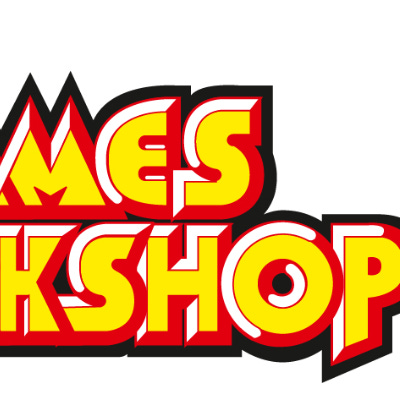

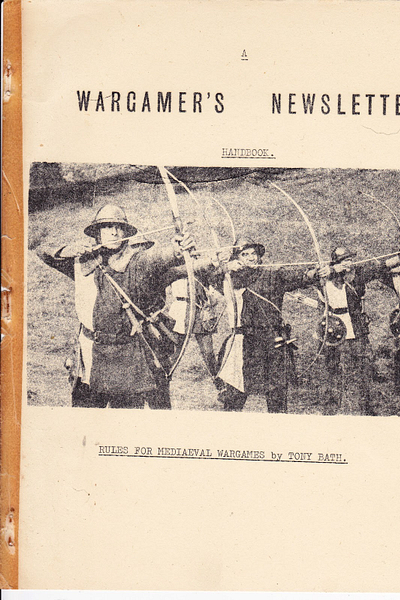
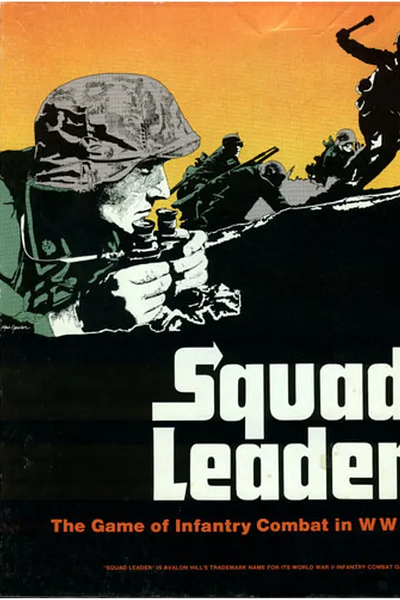


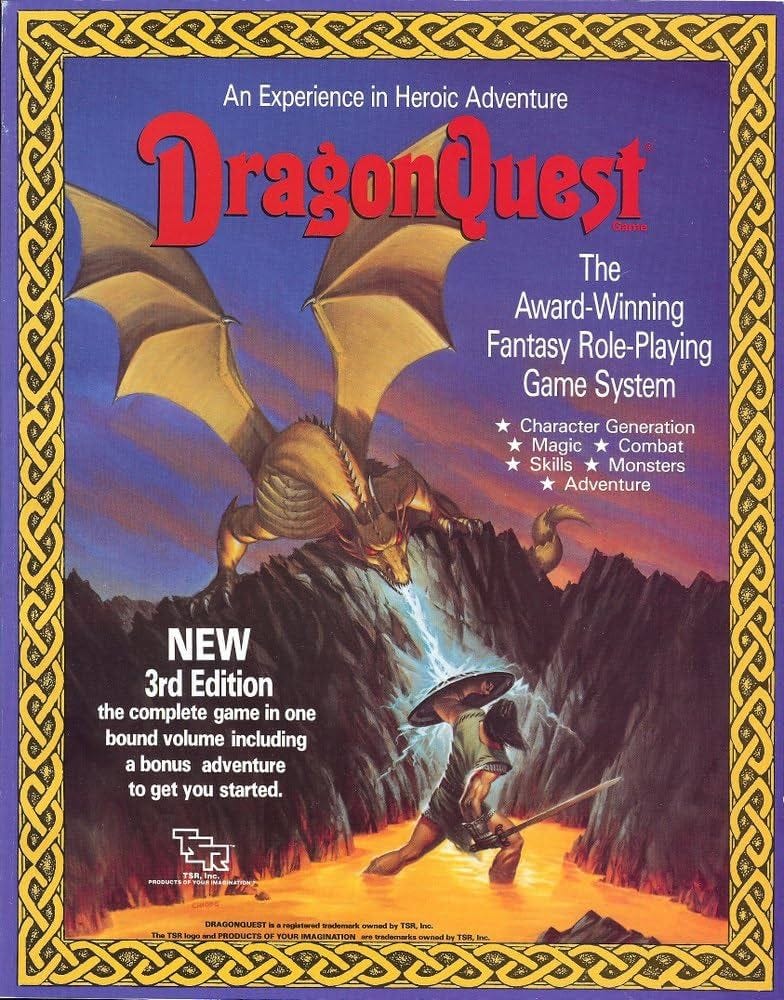
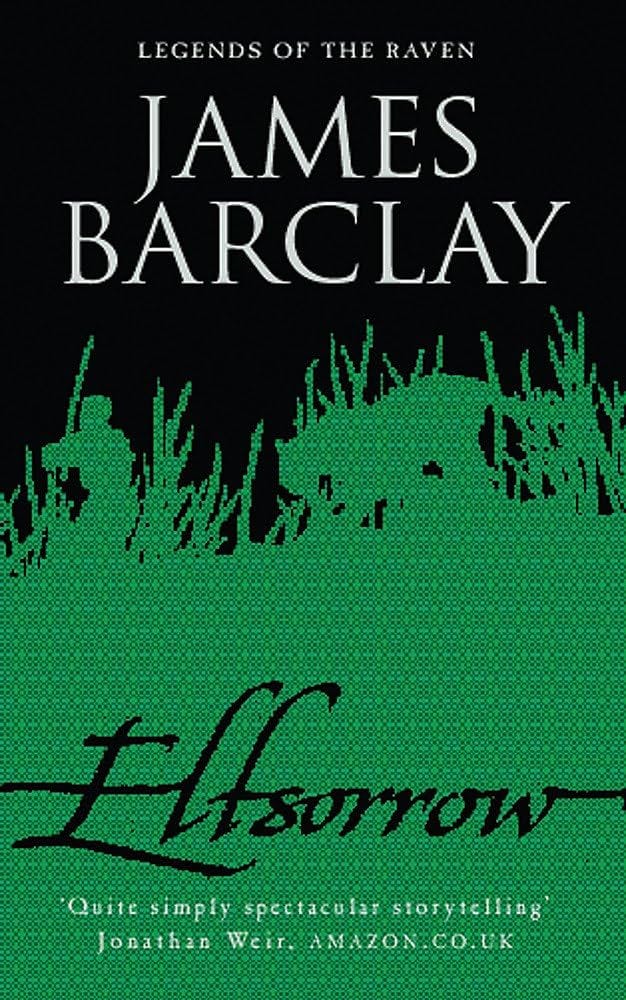
It's a shame DragonQuest RPG had a rough path. As you said, these sort of deep tactical RPGs still have a strong following. I even played in a Rolemaster campaign for about a year, which was an eye opener.
Interesting background on the 1980 DragonQuest RPG, Christian! I never got a chance to play any of its versions. Sounds like it would be fun!